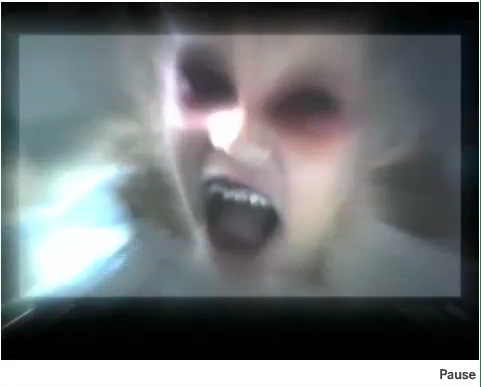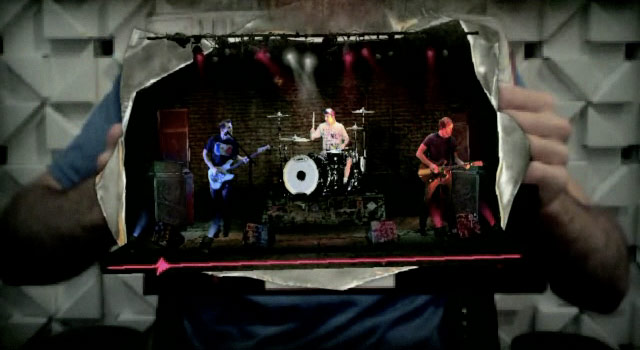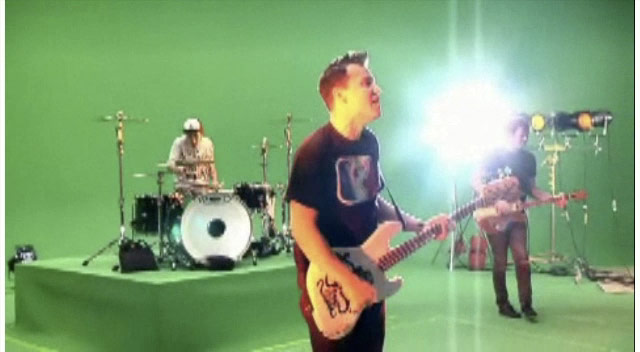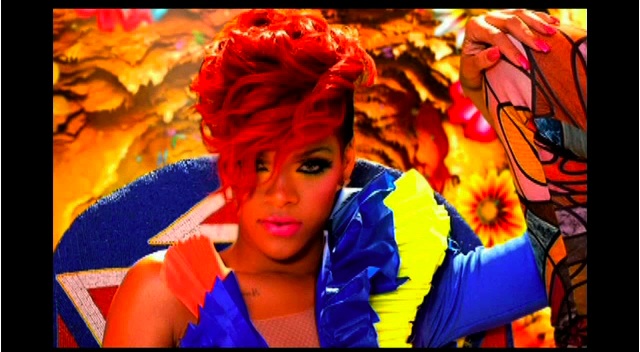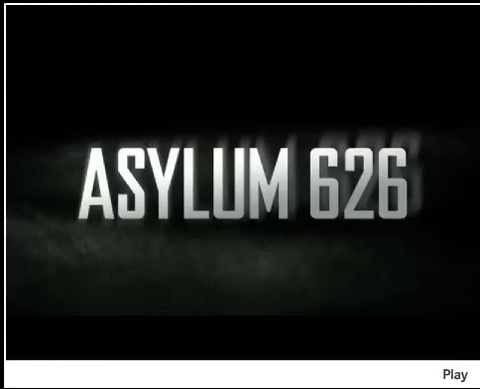Resources
Case Study: Doritos 626
Recognizing that online media had forever changed youth behavior and the capacity for food and beverage companies to reach them, Doritos decided in 2007 to go the digital route. The company launched SnackStrong Productions, a game-changing digital media giant, a to help them execute a multifaceted marketing campaign that seamlessly combined cutting-edge digital techniques with blockbuster events. Modeled after a Hollywood studio lot, the campaign’s online venue put consumers in the director’s chair, inviting youth to create their own Superbowl ads, vote for new product flavors, and even pitch video game concepts to Xbox Live.1
Two of the campaign’s biggest successes were the development of the immersive websites, Hotel 626 and Asylum 626, which gave viewers the feeling of being trapped in a horror film. Marketers used that fear to captivate teens, blur the line between fantasy and reality, and collect additional insights for future targeted campaigns.2 The strategy was as shocking as it was sophisticated, raising concerns about the fairness of such marketing practices. It was also a huge success: More than 4 million people in 136 countries viewed Hotel 626 alone, driving Doritos sales back up and selling out the re-launched brand — without ever showing the product.3,4,5,6
“We employed head tracking in one scene so the player literally must move to avoid an attack. We used the webcam in new and innovative ways to actually place the player into the game play itself. We asked people to give us more access and information this year, telling them upfront that the more they gave us, the scarier the experience.”
Techniques:
Creating immersive environments
With its Hotel and Asylum 626 campaigns, Doritos created elaborate, immersive online games designed to trigger highly emotional, vulnerable experiences among teens and link online gaming environments to real-world products. The campaign’s virtual worlds, mimicking a serial killer’s hideout and torture-filled insane asylum respectively, both used sophisticated audio techniques and webcams to make users feel like they were there in person. Asylum 626 required viewers to submit a special code imprinted on Doritos bags to access the final scene and escape.8,9
Infiltrating social networks
Doritos made Facebook and Twitter a seamless part of these campaigns, particularly Asylum 626. To increase the intensity of the experience, viewers were encouraged to log in to the site through one of the social networks. The site then culled user profiles for information — Facebook photos and videos, for example — and incorporated them into the interactive experience. Using Facebook Connect, users could also allow two randomly chosen friends to join them in asylum. And participants could post rescue messages to friends on Twitter.10
Location-based and mobile marketing
Mobile technology was integrated into both the Hotel 626 and Asylum 626 campaigns. In Hotel 626, for example, trapped teens could only escape through a series of unpleasant challenges that required them to use their webcams, microphones and mobile phones. The challenges culminated with a call to teens’ actual cell phones with directions on how to get out.11,12
Collecting personal data
Using social media and mobile phones, Doritos facilitated the collection of site visitors’ personal information. Though viewers could access limited content without providing personal information, users were encouraged log in through Facebook and Twitter — and thus grant access to those accounts — to experience the “full treatment.”13
Studying and triggering the subconscious
It is unclear whether and to what extent neuromarketing influenced the design of the Hotel and Asylum 626 campaigns. However, Frito-Lay has used the controversial technique for some of its other products campaigns, including the 2009 Cheetos “Orange Underground” campaign, which won the U.S. ad industry’s highest research honors (the Grand Ogilvy).14
References:
1. Videolog. (2009, June 18). Doritos | Hotel 626 Case Study. Retrieved July 29, 2010 from http://videolog.uol.com.br/video.php?id=44997.
2. Diaz, A.C. (2009, September 23). Goodby and B-Reel Enter the Asylum for the Sequel to Doritos Hotel 626. Creativity Online. Retrieved April 11, 2010 from http://creativity-online.com/news/goodby-and-breel-step-into-the-asylum-for-the-sequel-to-doritos-hotel-626/139224.
3. The Inspiration Room. (2009, June 22). Doritos Hotel 626. http://theinspirationroom.com/daily/2009/doritos-hotel-626/.
4. Cyberentries.com. Hotel626.com. http://www.cyberentries.com/hotel626/.
5. Answers.com. What is Hotel 626? http://wikianswers.com/Q/What_is_hotel_626.
6. Long, D. (2009, June 24). AKQA and Fiat win Cannes Cyber Grand Prix. New Media Age. Retrieved April 11, 2010 from http://www.nma.co.uk/akqa-and-fiat-win-cannes-cyber-grand-prix/3001773.article.
7. Diaz, A.C. (2009, September 23). Goodby and B-Reel Enter the Asylum for the Sequel to Doritos Hotel 626. Creativity Online. Retrieved April 11, 2010 from http://creativity-online.com/news/goodby-and-breel-step-into-the-asylum-for-the-sequel-to-doritos-hotel-626/139224.
8. Ritchie, K. (2009, September 22). Doritos Continues Interactive Horror Franchise with Asylum 626. Boards. Retrieved October 12, 2011 from http://www.boardsmag.com/articles/online/20090922/asylum626.html.
9. Total Immersion. What We do? Retrieved July 29, 2010 from http://www.t-immersion.com/en,what-do-we-do,8.html%5D/.
10. MyAwardShows.com. Asylum626.com. Retrieved July 29, 2010 from http://www.myawardshows.com/2010/OneShowEntertainment/asylum626/.
11. DinahMoe. (2009, June 18). About. Retrieved July 29, 2010 from http://www.dinahmoe.com/?page_id=2.
12. DinahMoe. (2008, September 30). Launch: Hotel 626. Retrieved July 29, 2010 from http://www.dinahmoe.com/?p=114.
13. Contagious Magazine. (2009, September 29). Doritos/Asylum 626. Retrieved April 11, 2010 from http://www.contagiousmagazine.com/2009/09/doritos_5.php.
14. NeuroFocus Receives Grand Ogilvy Award From the Advertising Research Foundation. (2009, April 1). Retrieved April 11, 2010 from http://blog.taragana.com/pr/NeuroFocus-receives-grand-ogilvy-award-from-the-advertising-research-foundation-877/.


